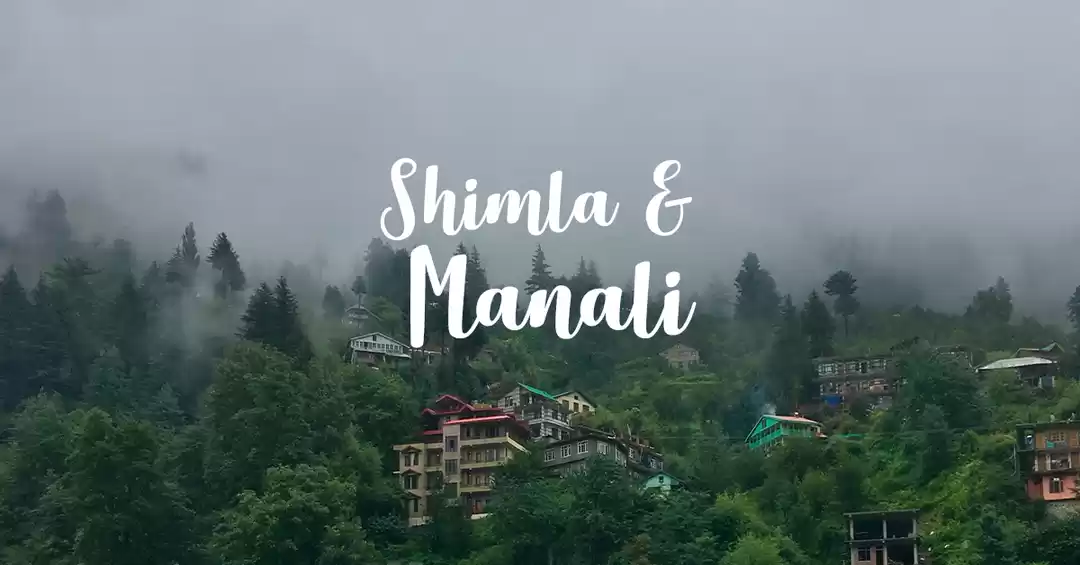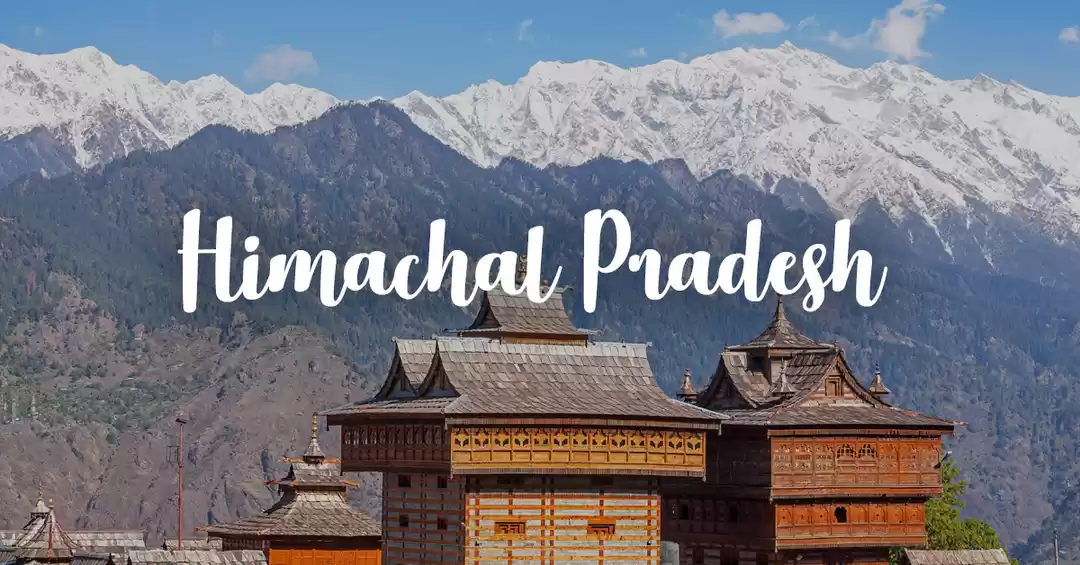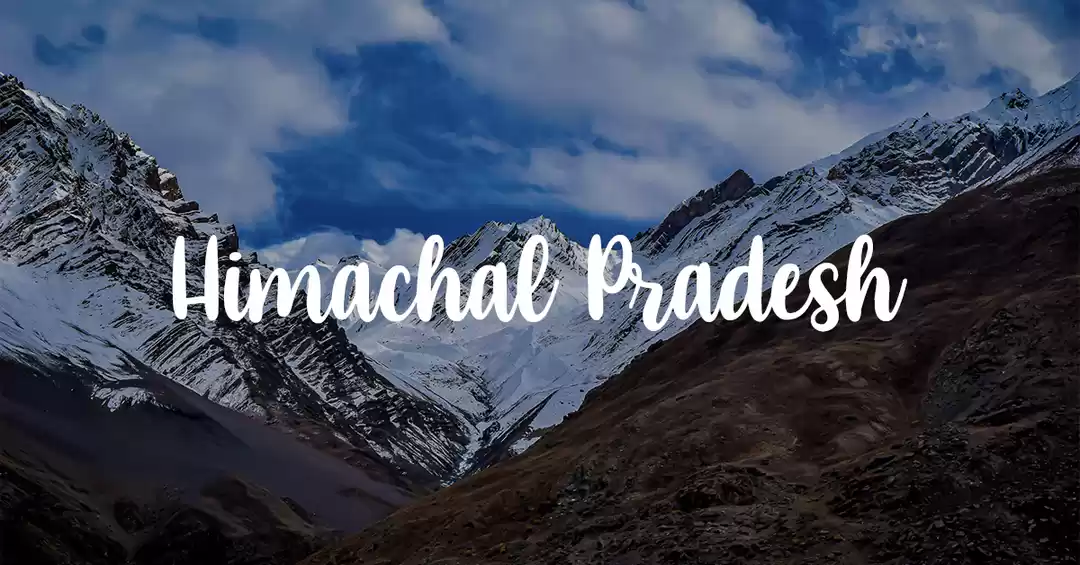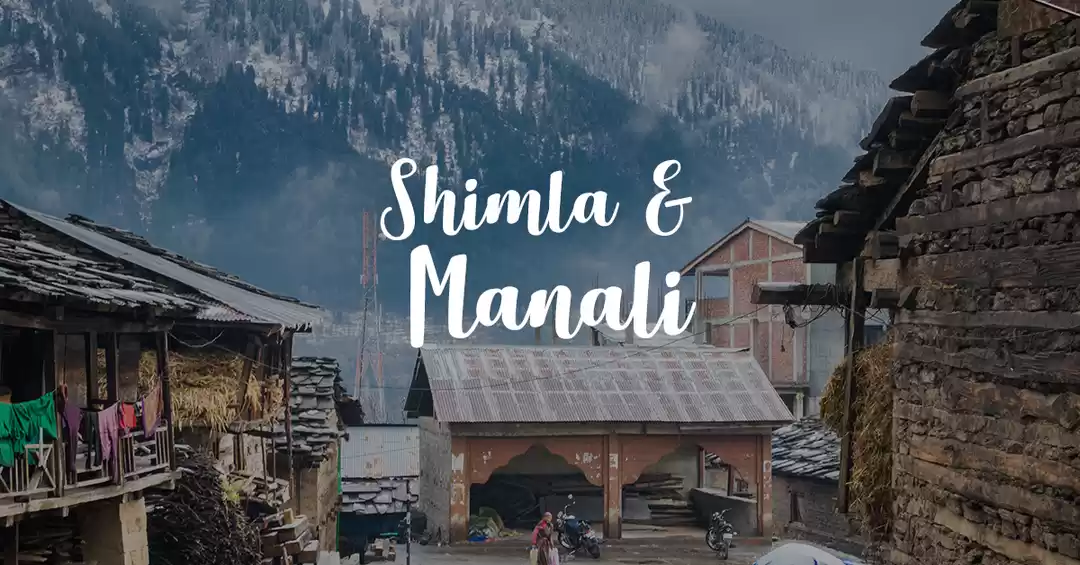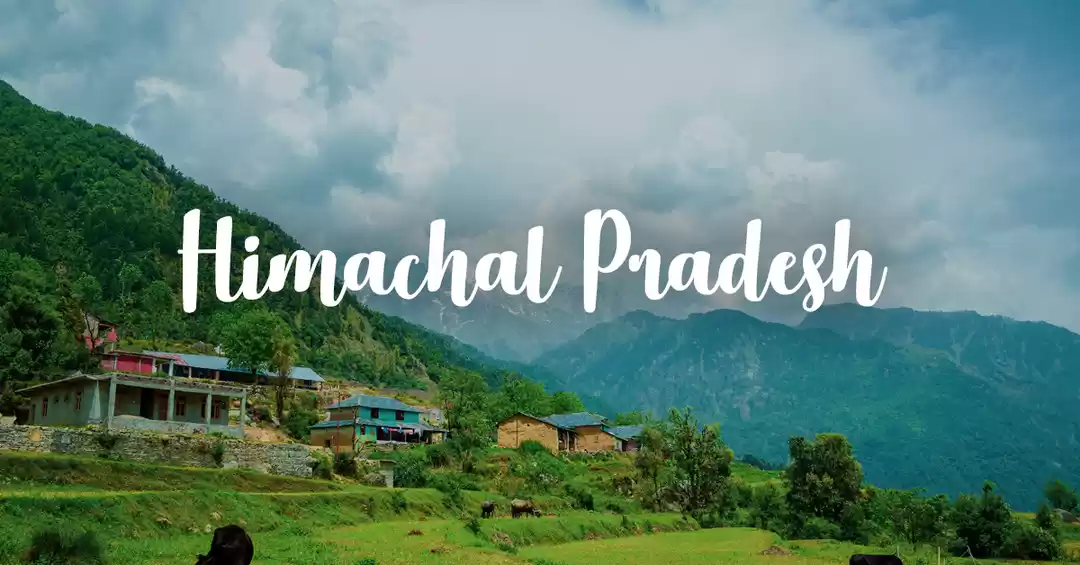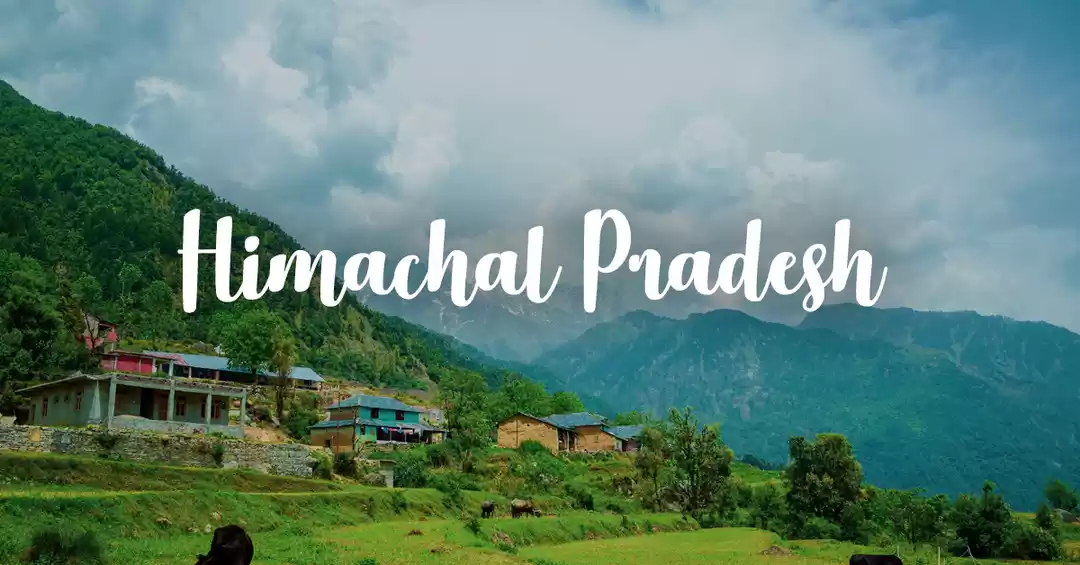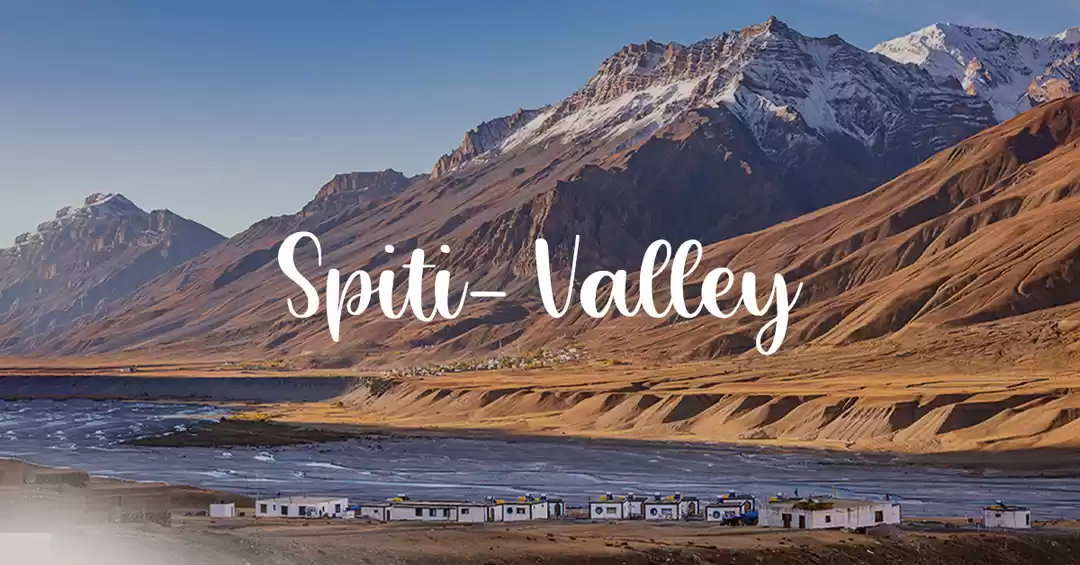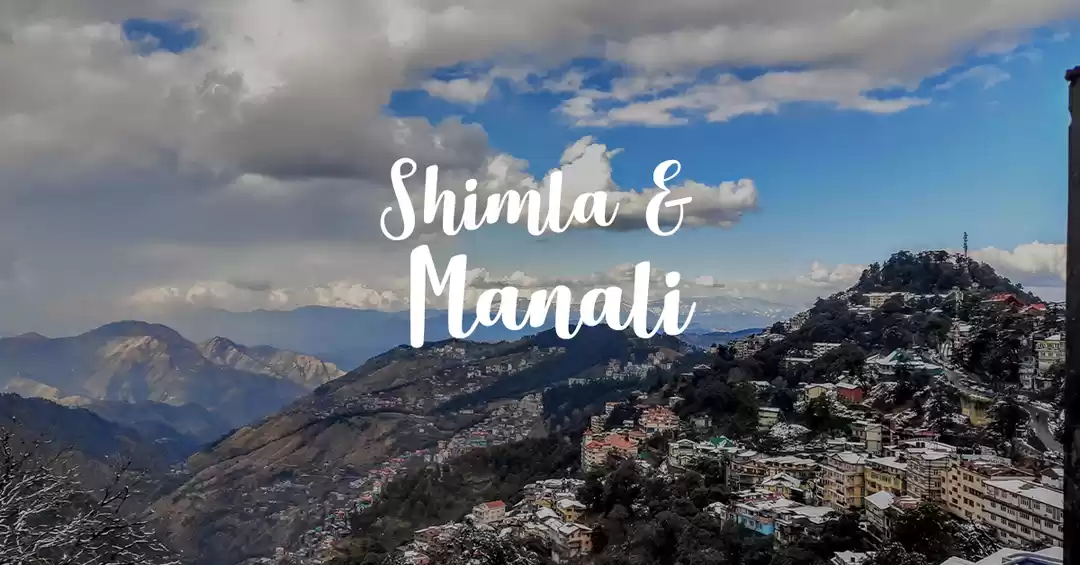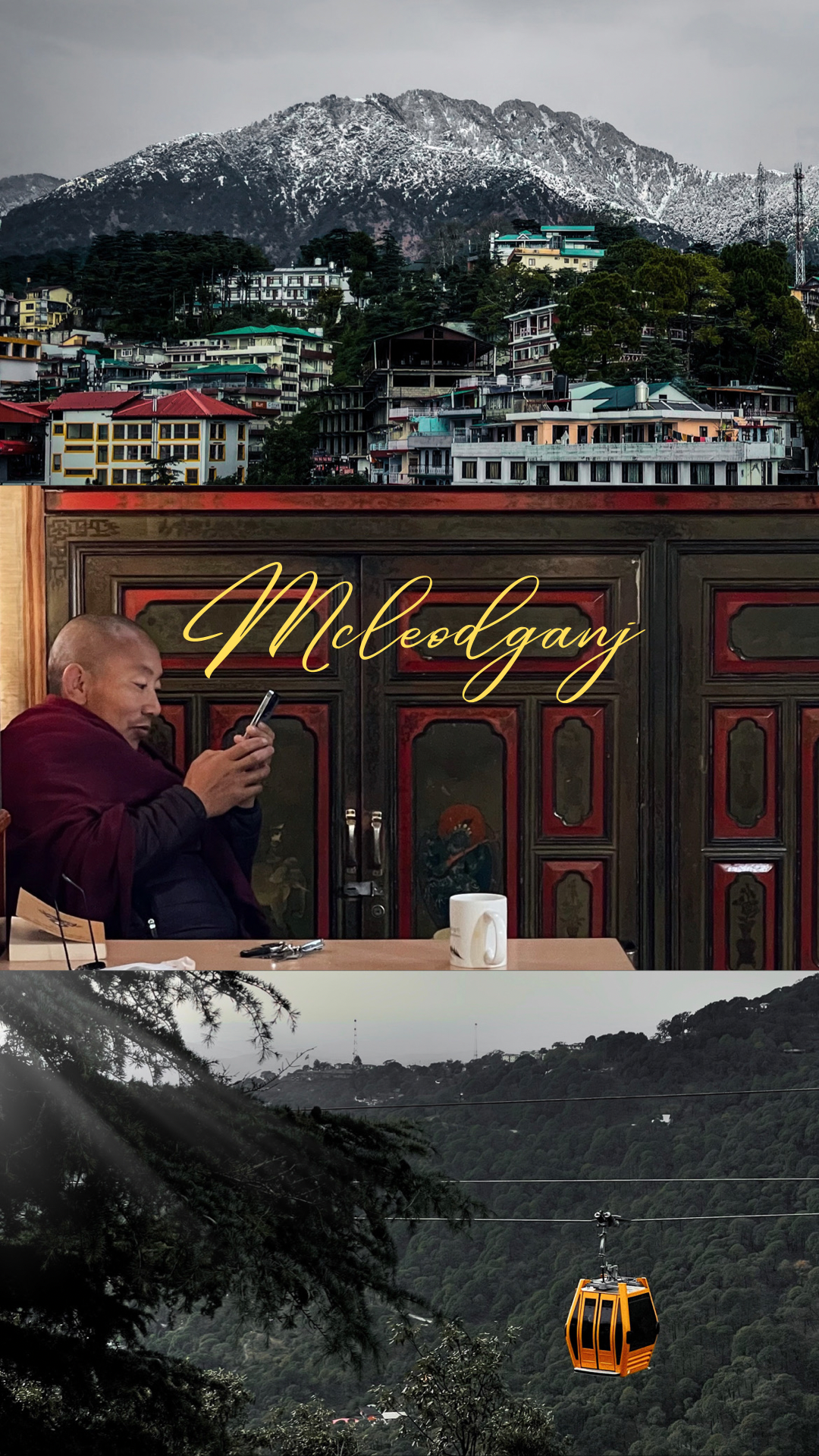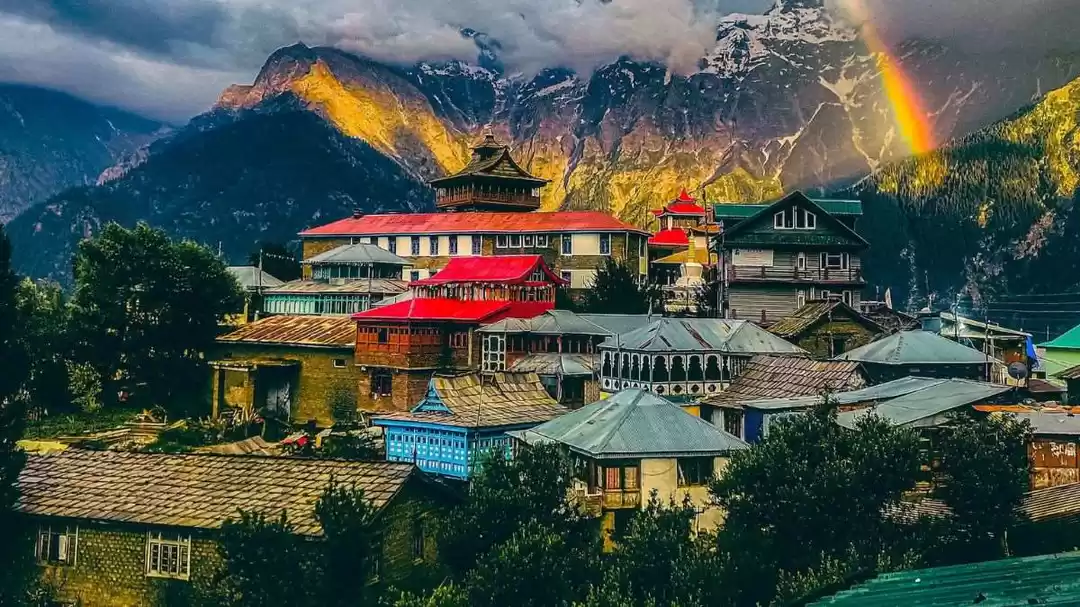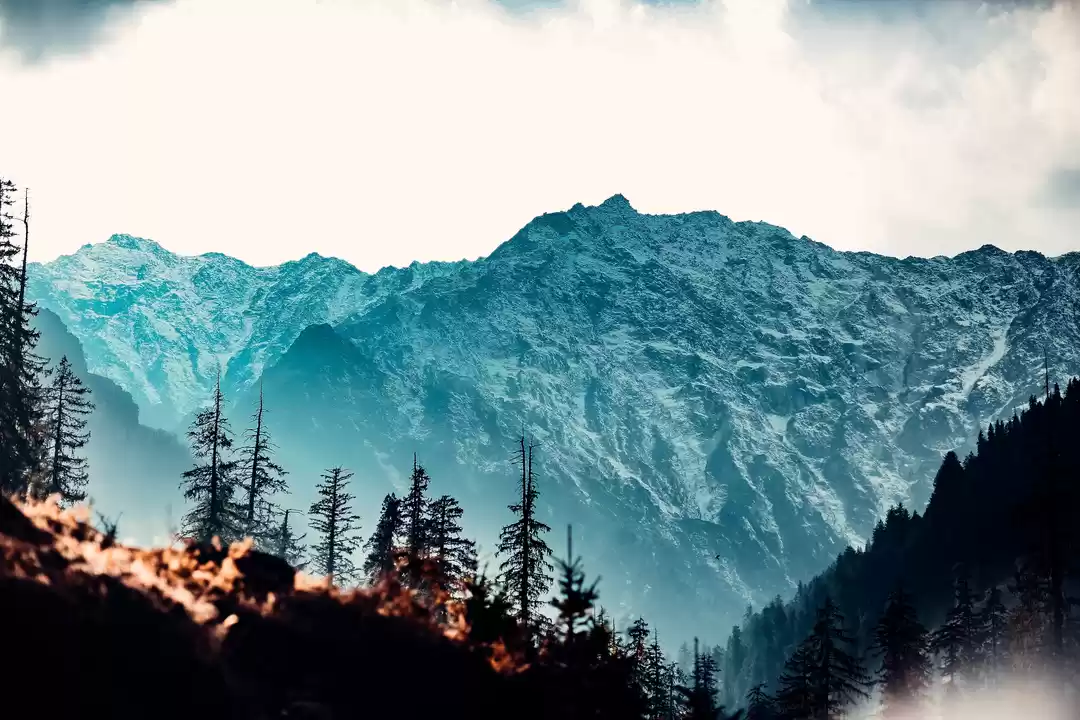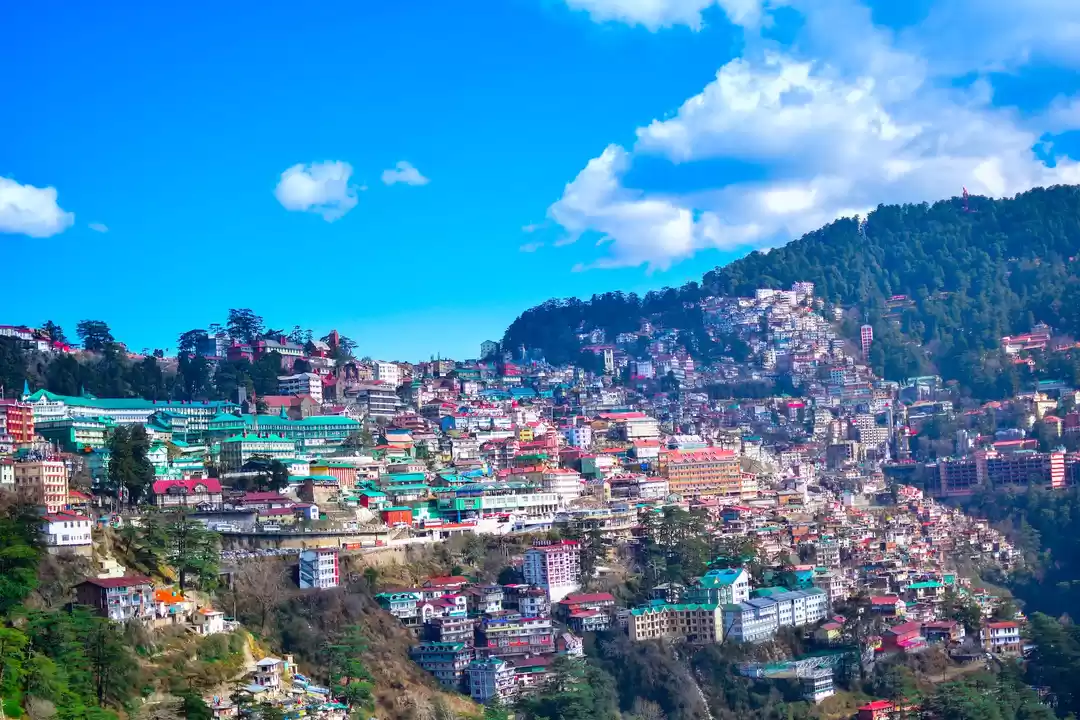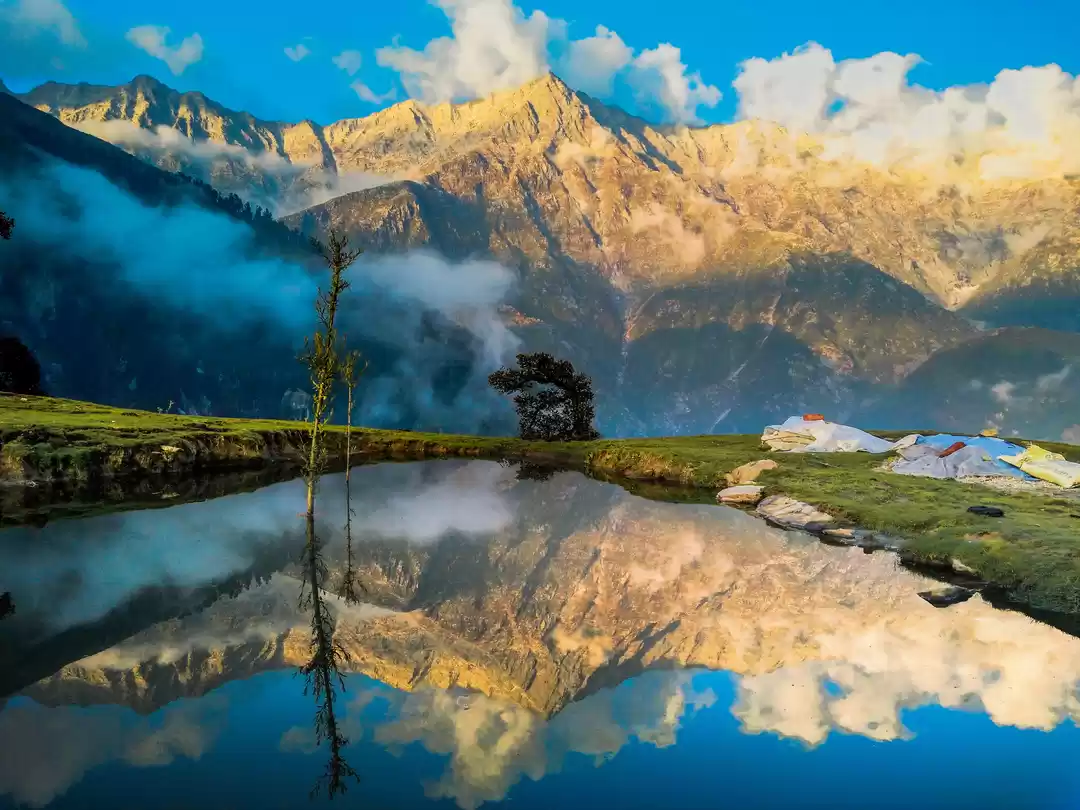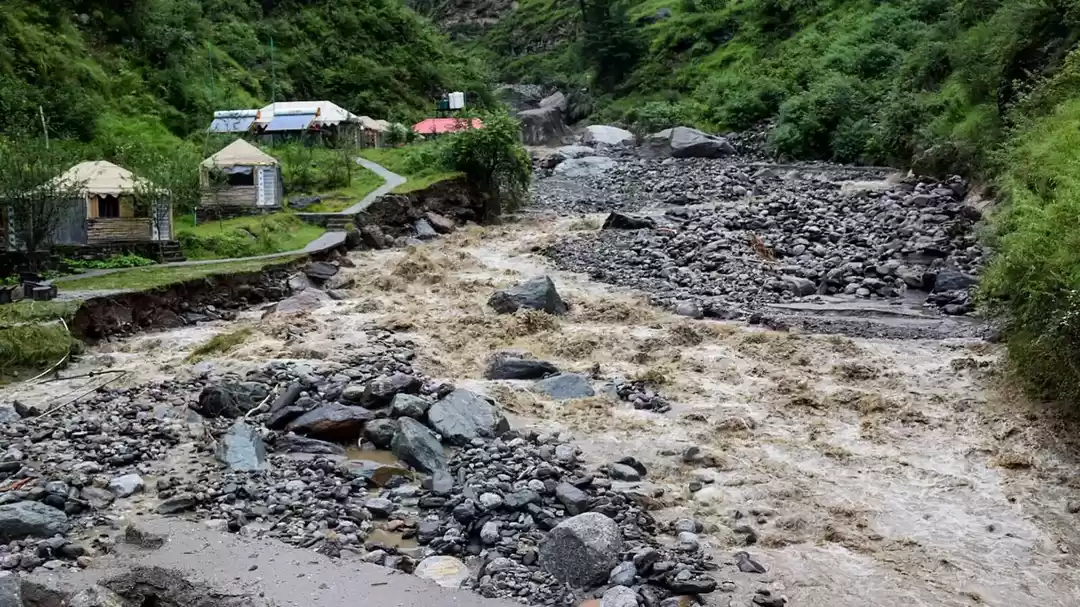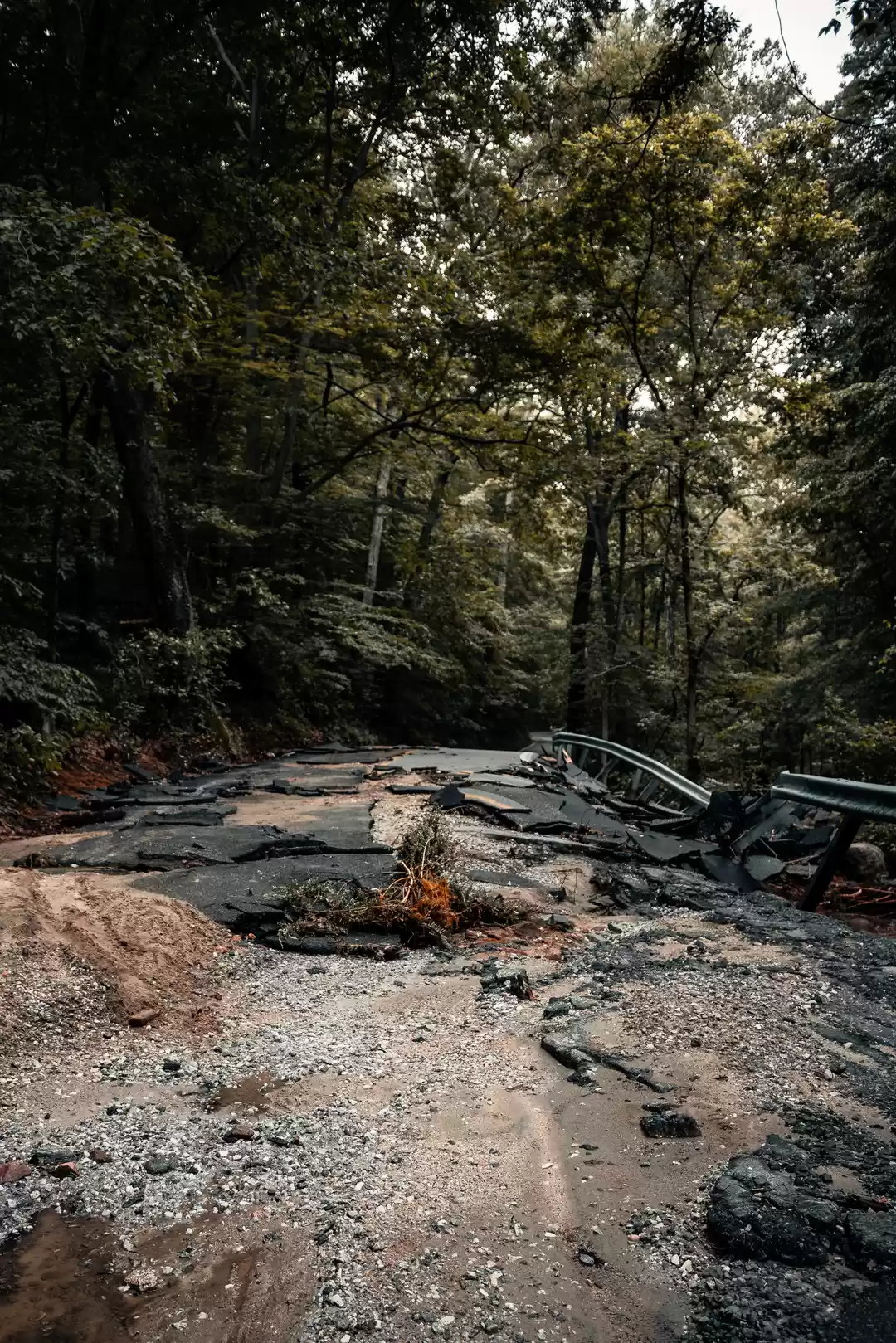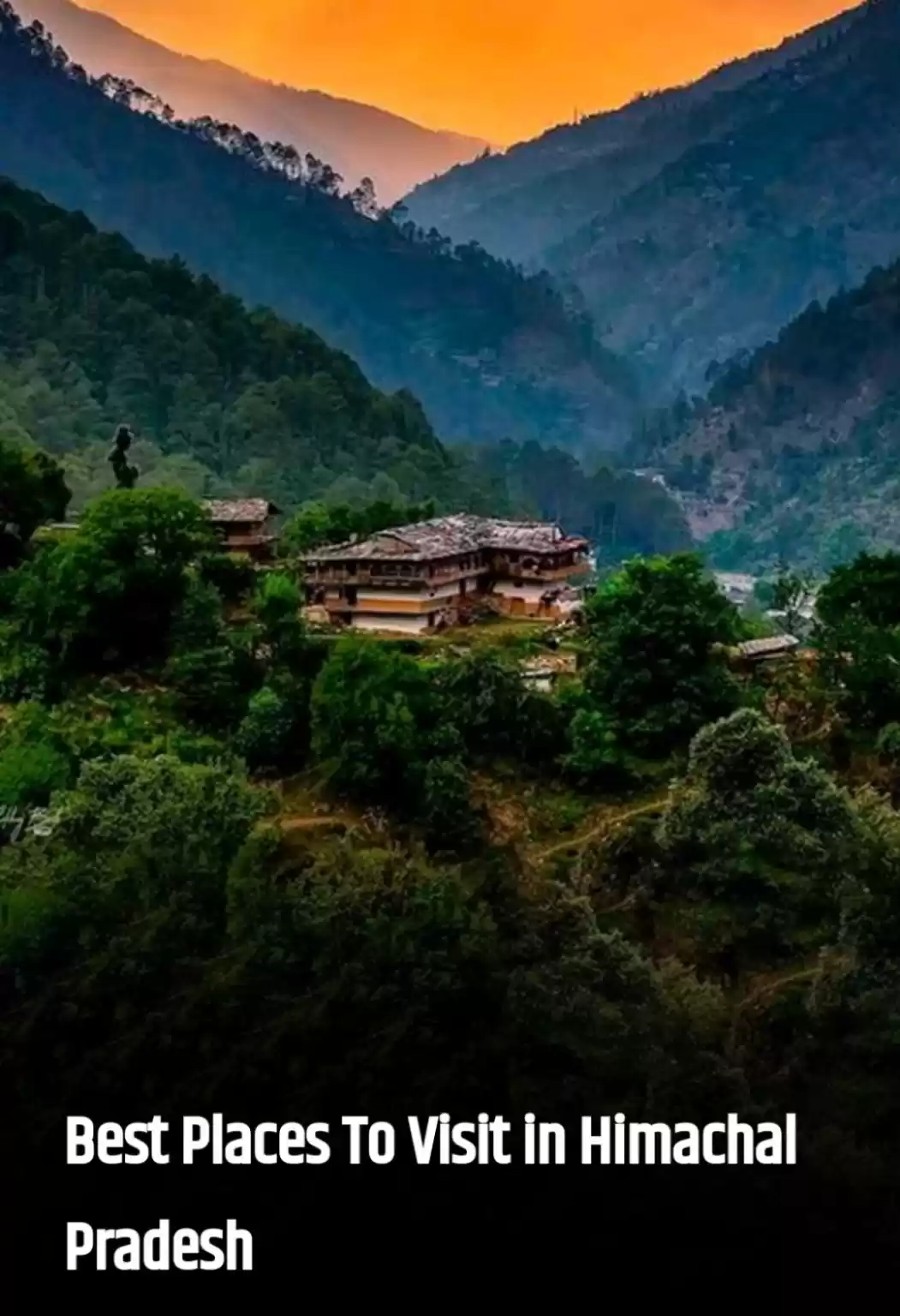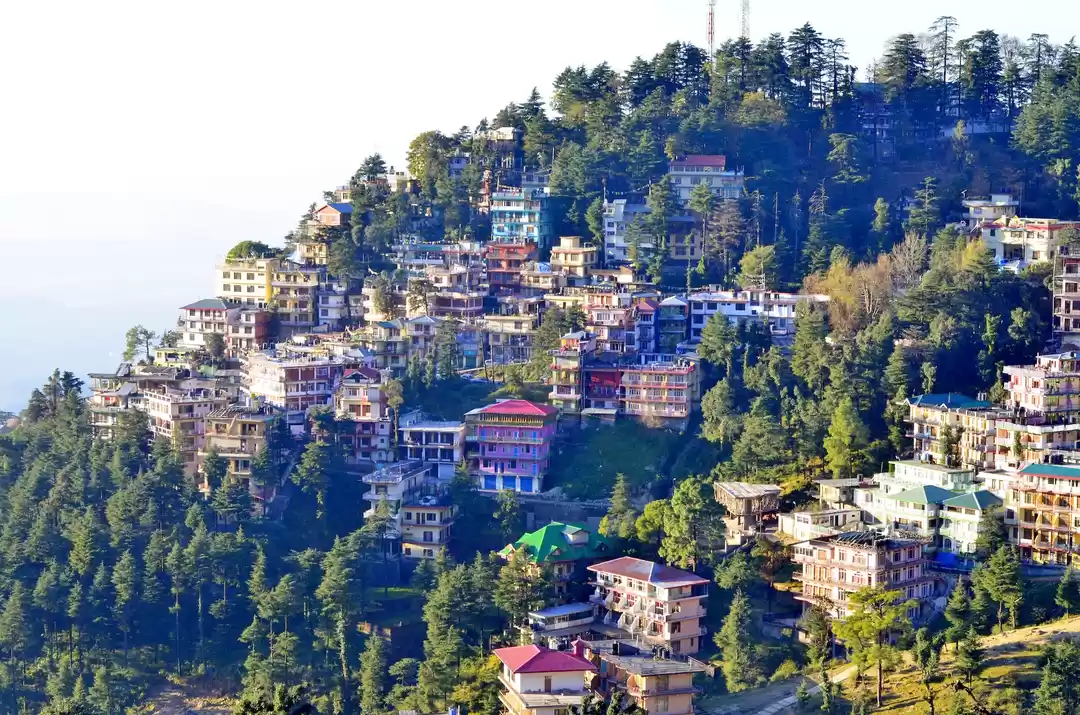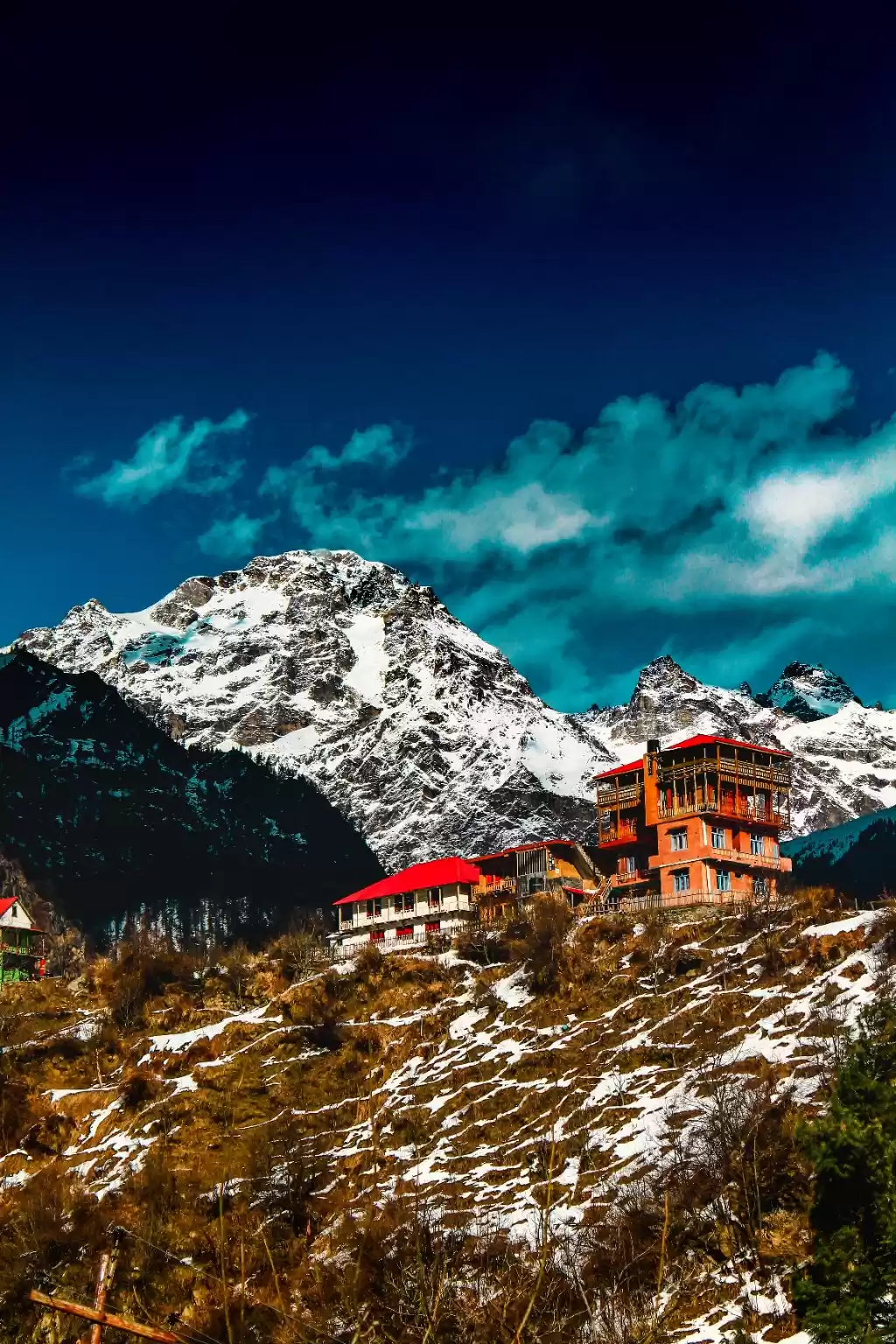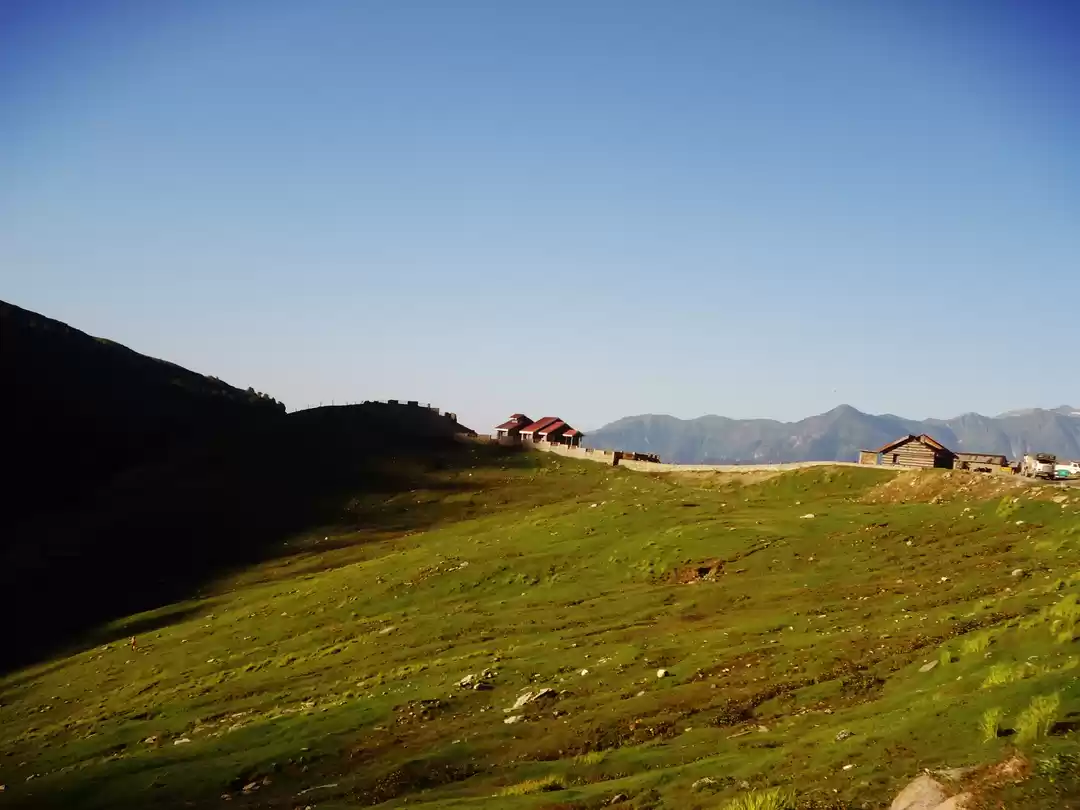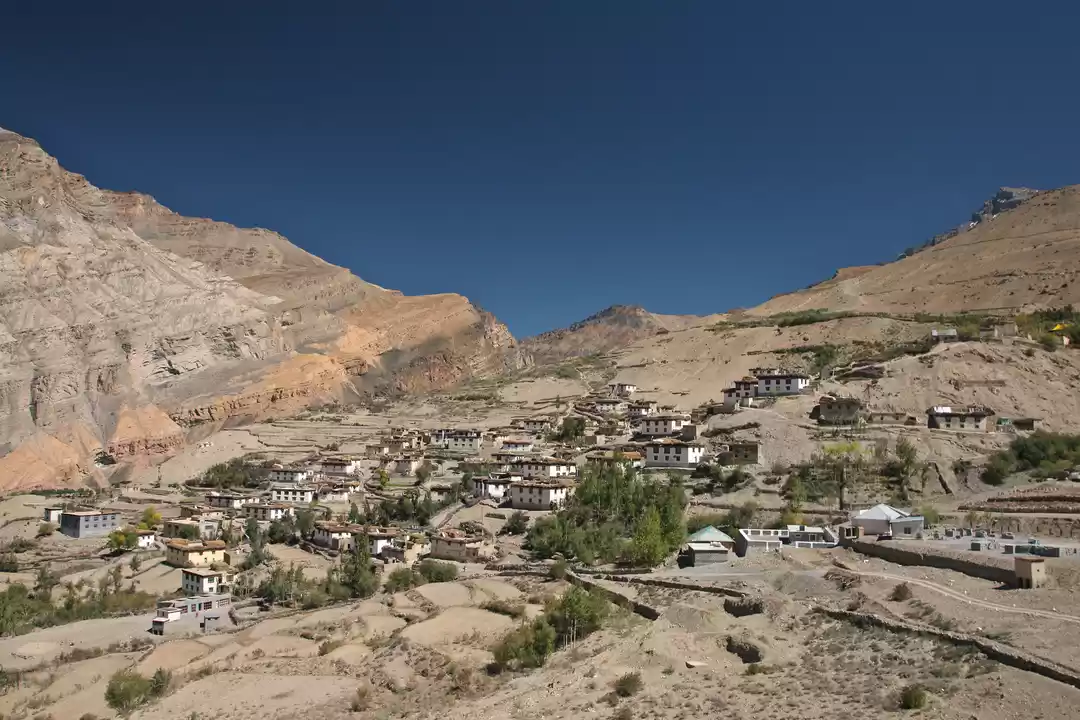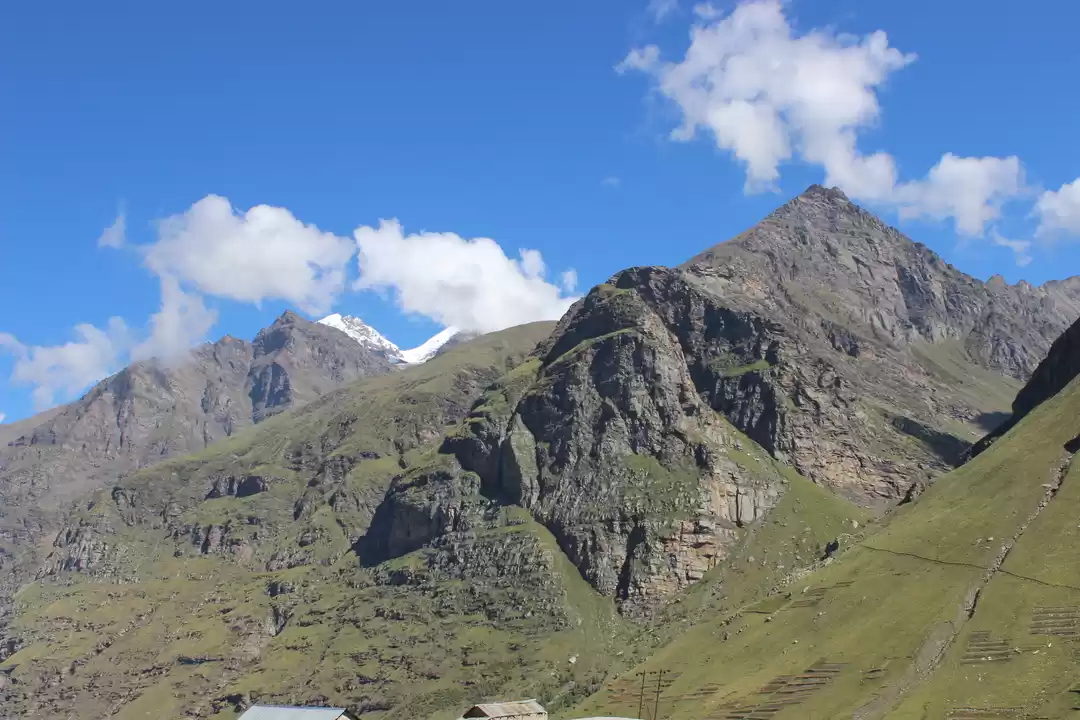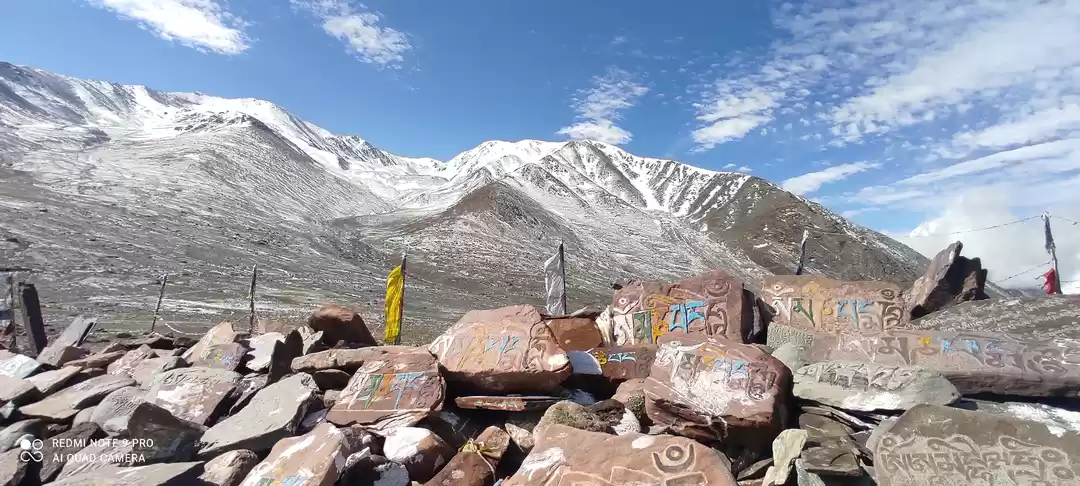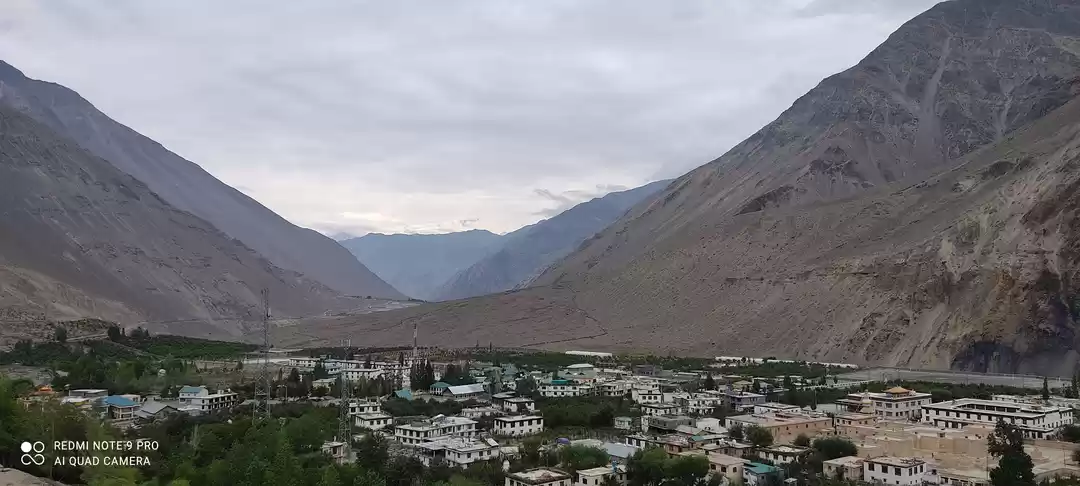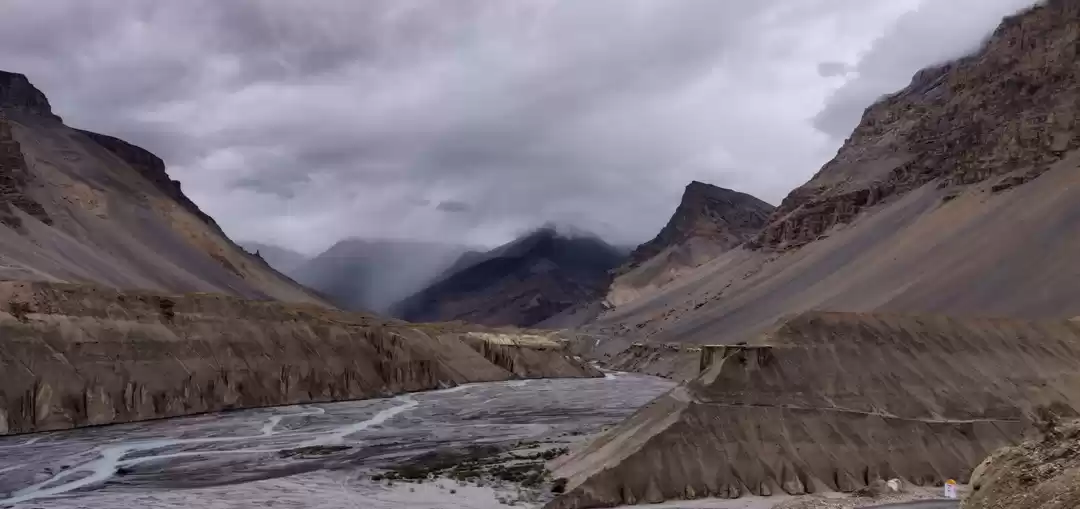
On the hill that overlooks the village of Tabo, there is a sequence of caves, each of which has bright Buddhist flags flapping outside of it. At first glance, it may not be clear whether these caves were formed naturally or were created by humans. There are even some of these caves that have multiple levels. As a point of interest, one of those caves is actually a component of the Tabo Monastery complex, which is currently administered by the Archaeological Survey of India.
It’s going to be hard for you to believe that some of these cavities have multiple levels. The breathtaking Tabo Caves can be found directly above the historic Tabo Monastery. These establishments date back further than a thousand years. Caves have been excavated throughout the grounds of this ancient monastery in order to provide monks with a place to live during the severe winters that occur in the Himalayas.
The magnificent caverns known as the Tabo Caves were originally utilised as a gathering place for the monks who were responsible for their excavation. Additionally, these caves are quite visible from the village where they are located.
History
Since it was established a thousand years ago, it has been of service to a large number of monks, and some of the caves are still utilised by monks today for the purpose of meditation. There are always flags flying above the cave, even when no one is meditating inside. However, some residents of the village use the caves that are located closer to the settlement as latrines. There are those who maintain that there is no evidence of any paintings being kept within the caves, while others maintain that there is evidence of paintings being kept within the caves.
According to historical accounts, the question of when people first began excavating and decorating caves in this manner has not been satisfactorily answered. However, it is generally agreed upon that the caves date back thousands of years.
However, Tabo is not the only valley in Spiti that contains caves of this kind; in fact, there are additional caves further upstream.
Tabo Caves in Lahaul and Spiti Valley are known for their unique architectural design.
Concerning the architecture, a few of the caves have been developed quite a bit, and both the walls and the floors of the caves are smooth, whereas other caves lack any kind of decoration whatsoever. The entrance to the caves is quite congested and leads to a series of other, more intimate rooms as well as breakouts. These restaurants have a sizable opening in their ceilings that provides access to the outside air. This typically serves as a vent for the fires that are burning inside the caves to keep the inhabitants warm despite the bitterly cold weather.
These caves are widely regarded as the ideal settings for contemplation and reflection. According to the monks, those searching for nirvana won’t find another location that offers the same level of tranquilly as these caves. There are a number of rooms contained within the caves, all of which are connected to one another.
Because the Tabo caves in Lahaul and Spiti are so fascinating, many people and historians have pondered the question of why anyone would choose to reside in such a harsh and difficult environment.
The caves led to the monastery that was built at the foot of the mountain during the same time period as the caves. This ancient building featured a large number of murals depicting the Buddhist pantheon on its walls. These murals were characterised by compound and intricate strokes. It was built by a former Tibetan king who gave up his throne and became a monk instead of continuing his reign.



